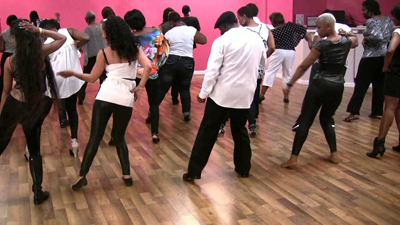
Not long ago, meeting association MPI held its annual EMEC Conference, in the delightful city of Kracow; Poland. I had the rare opportunity to conduct a session under the title “The Meeting Lab”.
It involved a number of experiments about the behaviours of meeting participants and how to influence these behaviours. The experiments were real, so we had no idea what the outcomes would be. Session participants kindly acted as guinea pigs.
In one experiment, I wanted to test whether it was possible to influence feelings of benevolence that participants would feel towards one another. This is roughly how it went. Together with co-presenter Chema Gomes Merino, we formed two random groups out of the participants, without giving any particular introduction. Group One sat in theatre-style for five minutes and listened to a presentation which defined altruism. Group Two went to the other side of the room and for the same amount of time did a simple physical exercise. They performed it rhythmically and all at the same time.
At the end both groups answered this question: “How close do you feel to the other people around you?” They independently expressed the feeling they had in that moment, on a scale from 1-10, where 1 represented not close at all and 10 very close. The average score for Group One was 6.2 while Group Two produced a score of 7.8.
Although we didn’t perform the experiment according to rigid scientific and statistical criteria, this is still a striking difference! And even if we weren't entirely sure whether it was a statistically significant outcome, it is still worth looking at in greater detail.
Neuroscientific research suggests that people who take part in rhythmic group activities, such as line-dancing and tai chi, produce more oxytocin than those under “controlled” circumstances.
Oxytocin is a hormone that is considered a stimulant for so-called pro-social behaviour. In words that my auntie Mary would understand, it helps people like each other. So, if in meetings you want to align participants and help them to achieve shared outcomes, it may be a good idea to offer them an hour of rhythmic, physical group exercises. If only people weren’t so hung up about formalities, they could try this at the next peace conference for some regional conflict…
Of course it remains to be seen whether the effect really translates into more benevolent behaviour of real meeting participants. That sounds like a fascinating experiment to try during a next conference somewhere! Any meeting organisers out there willing to try it?
Mike Van der Vijver is managing partner at MindMeeting.


